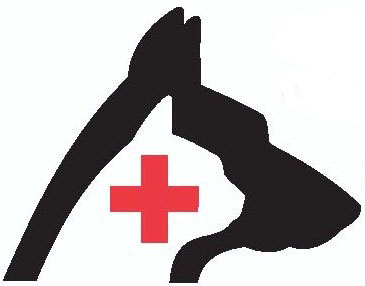Our doctors are very experienced in treating a large variety of medical conditions from acute crisis to chronic disease. Our laboratory and imaging department provide for rapid diagnosis and monitoring of values to help direct treatment. Diagnostics are often repeated daily to help ensure the pet is medically improving or provide guidance for management of the medical condition.
Frequently Asked Questions
We understand that having a pet in the hospital is stressful and many people have never had a seriously ill pet in an ER or ICU. We hope to help reduce this stress. If you have questions about your pet, the care or the process of hospitalization please ask.
The internet is a wonderful tool, however, it can be a rabbit hole of fear and stress. If we did not send a handout, please as for one and we can send one to you by email. Safe places to look for good information include the websites “Veterinary Partner and Merck Veterinary Manual.
When we draw blood the fur often makes finding the vein harder. In healthy pets with normal blood pressure we can typically find the vein easily. In pets with very thick fur or poor blood pressure finding the vein may be difficult. To reduce stress on your pet while trying to find the vein we may shave the fur. When we place an IV catheter we always shave the fur and scrub the site for sterility prior to placing the catheter. A bandage may be applied after a blood collection or removal of IV catheter. If your pet is sent home with a bandage on a limb, then that bandage should be removed an hour after you get home.
Vomiting and diarrhea are very common in dogs and somewhat common in cats. The cause of the gastrointestinal upset is often never determined because the cause of irritation is often vomited up or passed through. Dietary indiscretion, or eating something they should not have, is the most common cause of GI upset. This may be as benign as getting a double meal by mistake, being given some greasy food that slipped from a child at a picnic or eating something that is not digestible and having that get stuck. What treatment to do will depend on the history, physical exam and diagnostics.
Yes, we stock the FreeStyle Libre 14 wearable glucometer as well as readers to go home with the pet if desired instead of using a phone app. These monitors dramatically reduce the need for blood collection to check glucose in cases of diabetes with ketoacidosis, hypoglycemia from many toxins or insulin overdose, and may be used for other metabolic diseases that require frequent glucose monitoring. These are designed to work for 14 days in people, however, they often only last a few days to a week in pets due to them moving around so much more.
Here are 2 videos on the Libre from Purdue University: Video 1-placement technique. Video 2-obtaining a reading
VeterinaryPartner.com has an article about using this device in animals here.
We hope to help your pet as quickly and efficiently as possible, however, we also understand how hard a time this is for our patient’s people.
